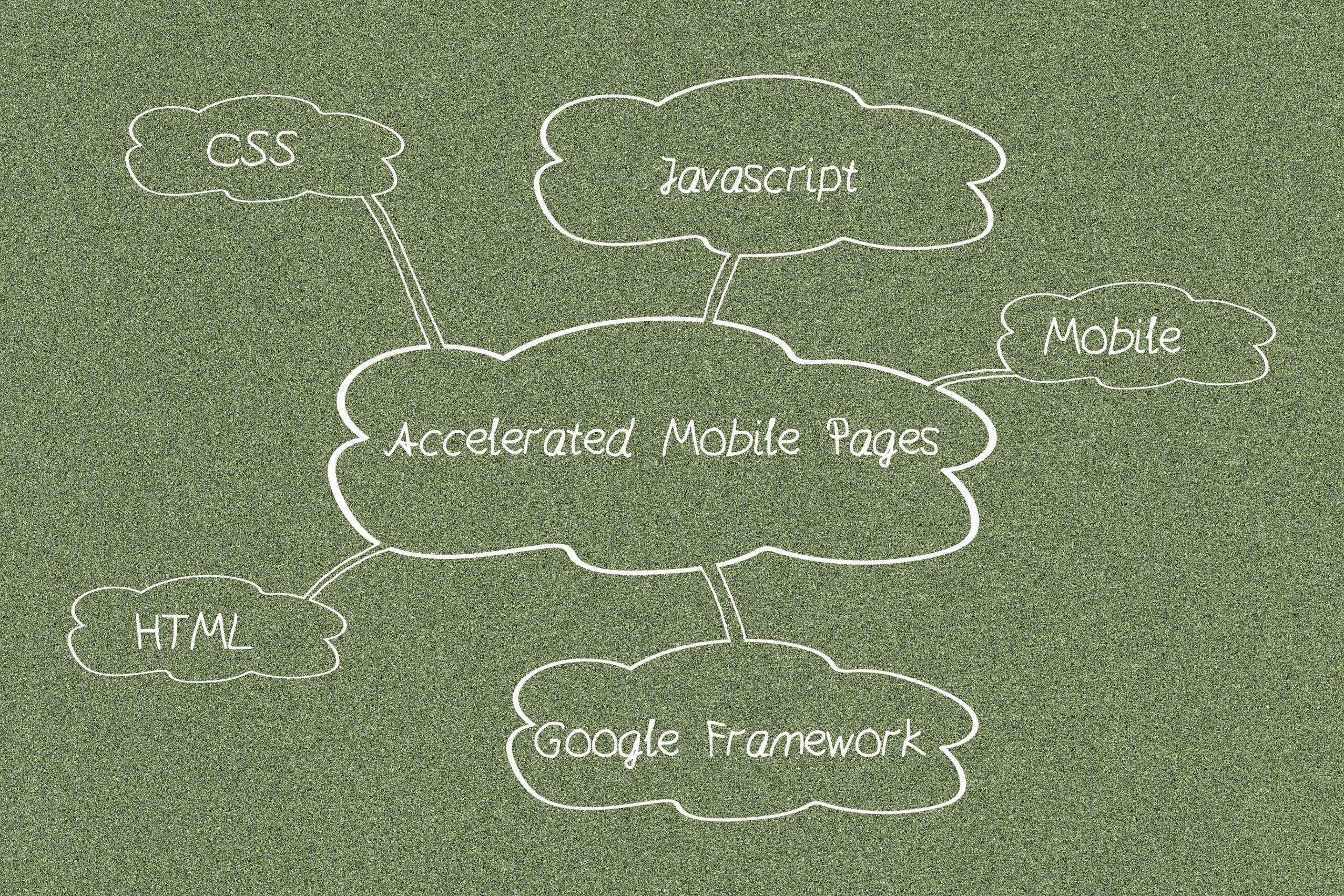The best thing about browsing on your mobile phone is to have to wait for about ten to thirty seconds for a page to load completely, am I right? Well, I didn’t think so either. Thankfully today we have AMP pages to speed up the process!
Our lives in the era of information have turned fast paced and our attention spans significantly reduced. We’ll protest loudly when we’re forced to click on a website that loads slowly, or worse, to tap on a non-mobile optimized site. So when the term ‘Accelerated Mobile Page’ is starting to make some noise on the web, you naturally start hoping it becomes some sort of standard website law. But let’s take a closer look.
What is AMP?
AMP is an open-source, lightweight version of HTML, which is the standard computer language used to create web pages. There have been many different versions of HTML to create websites. While each one made to reach specific goals at the time, AMP was devised to be the younger, speediest of them all. It was born as a joint project from Google and Twitter. Its objective is to make fast loading a reality specifically for mobile browsers.
Other companies such as Facebook and Apple have come up with other accelerated-loading projects. Namely, Facebook Instant Articles and Apple News. However, these aren’t open source and they’re limited to their use in certain websites.
What Makes It Fast?
AMP is a way to build web pages for static content that renders fast. It is made to prioritize certain elements and requests over others. Say, in a news article. The text will load before the images. If the website has an image at the top, it will create a gray placeholder with the image size. Your screen will show the story first, and the gray area will be replaced by the retrieved picture, but it won’t make your screen jump up and down when it’s fully loaded, interrupting your already bumpy commute reading.
Simply put, AMP is stripped of components that make HTML slow. It heavily limits certain JavaScript and CSS components, like forms. Both JavaScript and CSS are high-level computer languages used in web coding, and they offer a variety of interactive functionalities. The simplicity of AMP makes way for mostly readable content, such as news articles and blogs. It should also be noted that AMP can be very strict on how you build the HTML code. But don’t worry, there’s a very helpful built-in Chrome tool anyone can use to validate their AMP website.
Content in AMP will also be hosted on a Google-hosted cached version. This means that results coming up in the highlighted Google carousel in the search results page will probably be cached by other people. You can seize this opportunity to optimize your website and rank high for your audience. When you have integrated AMP to your website, it’s like you have three versions of your website: the original one, the lightweight AMPed version and the Google-hosted site.
Should I AMP My Website?
Now there are 60 percent searches from mobile alone, and it’s been stated that websites that take more than three seconds to load will be abandoned by 73% of mobile users. Here’s your answer: Absolutely.
The higher your site ranks, the higher you’ll show on Google searches. The faster your website reads on mobile phones, the faster your readers will go through your content. Who doesn’t want instant clicking gratification? Enhancing your website’s mobile user experience can give you a tremendous overall advantage over slow ones. So go ahead, and amp up your website speed on mobile!

Digital Marketing Experts – DMX, A Google Partner Agency






